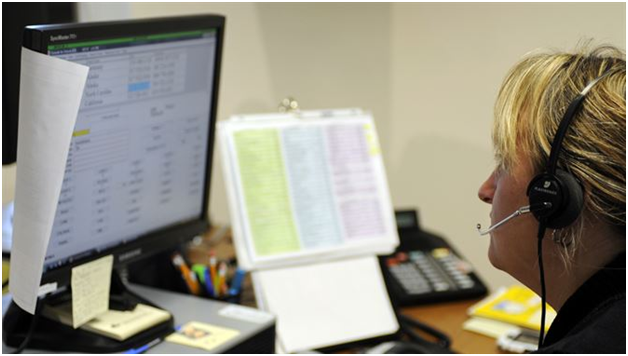Evolving technology, especially when it comes to communications, has led to a plethora of terminology and abbreviations. Here is a brief introduction to DID numbers, and all the basics you need to know.

DID numbers: what are they?
DID stands for direct inward dialling, also referred to as a virtual number or DDI within Europe. Simply put, it is a telephone number within a certain city or country worldwide. The only requirements are a transfer line for calls to be forwarded, whether a landline, digital line or mobile phone line, and the service software to route the calls.
DIDs were originally constructed as a means of giving company employees their own dedicated direct phone number. An individual DID can route hundreds, or even thousands, of simultaneous calls to their respective extensions.
What are the benefits?
Calls can be routed to an individual employee or specific workstation without requiring a switchboard. It also means individual telephones are not required, saving on technology and equipment. DID numbers are transforming the way offices, employees and businesses operate. An example is how they can enable flexible, remote working for organisation such as the Ministry of Defence.

How do they work?
These virtual numbers are provided to a company by the local telephone operator or exchange carrier as a block of numbers to their PBX system (private branch exchange). Providers such as www.idtexpress.com specialise in wholesale DID sales and management. Online services can also enable a company to utilise cloud-based technology in conjunction with standard telephone systems to control your inbound calls using online resources.
The provider will allot at least one – if not more – trunk lines to the PBX with an array of telephone numbers for this line(s). Calls are then forwarded through the trunk so that when a call reaches the PBX, the individual number can be routed to the correct extension.
When a call is placed to one of these DID numbers, it can be sent by via VoIP (voice over internet protocol). This is achieved with either IAX, H.323 protocols or SIP (session initiation protocol) when it comes to more modern methods. It can also be sent via the standard public switched telephone network (PSTN). This means that DID numbers can enable customers to make calls between standard telephones or from a telephone to other destination, such as VoIP.



